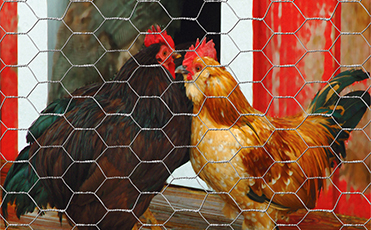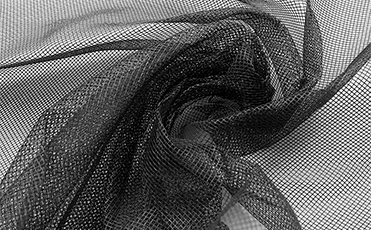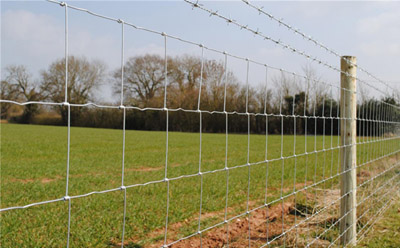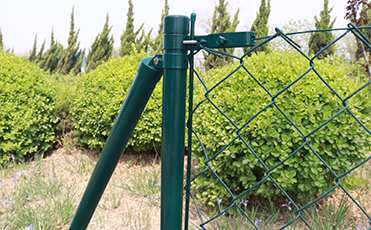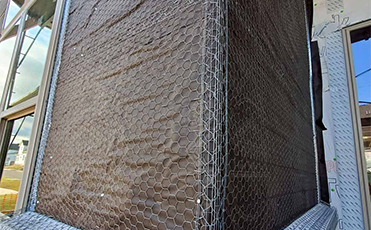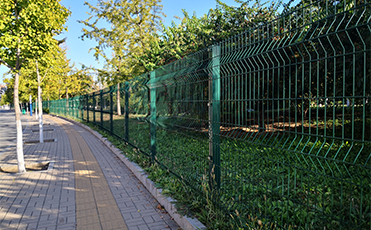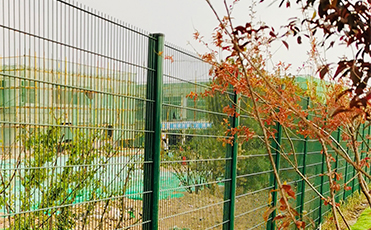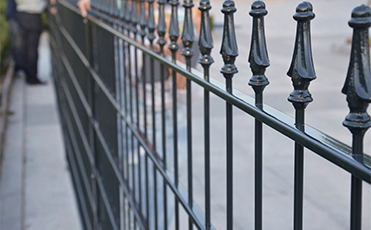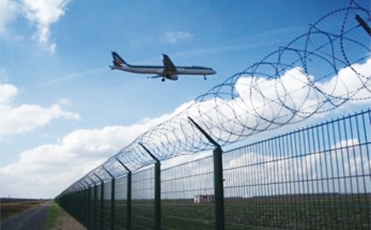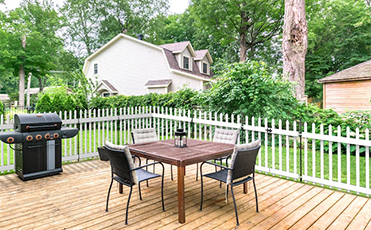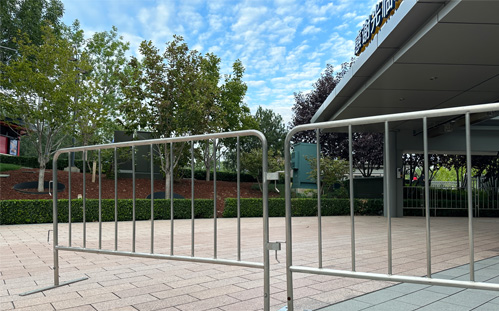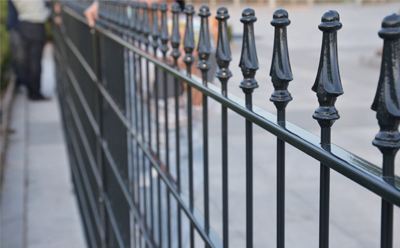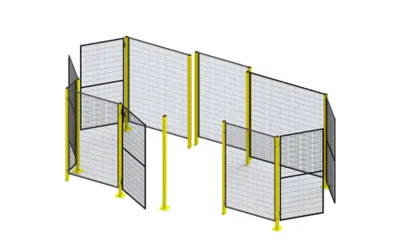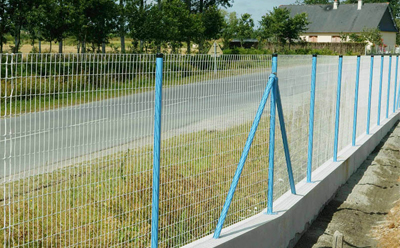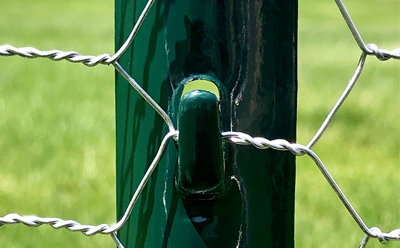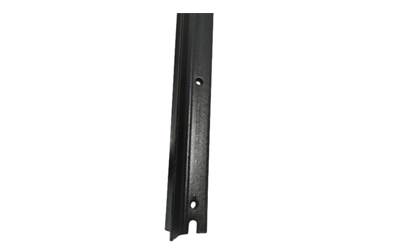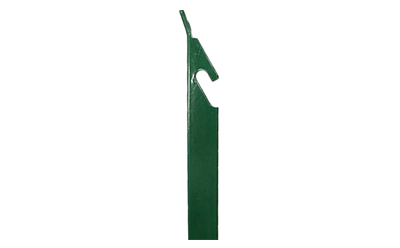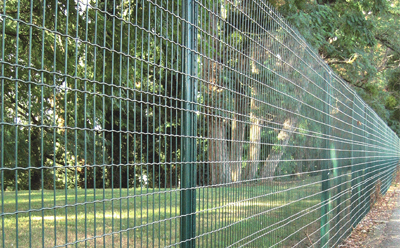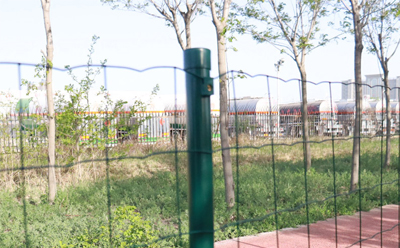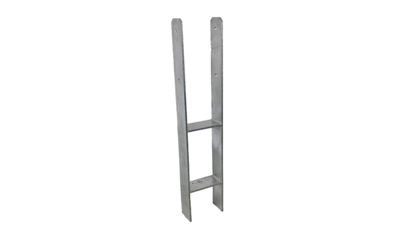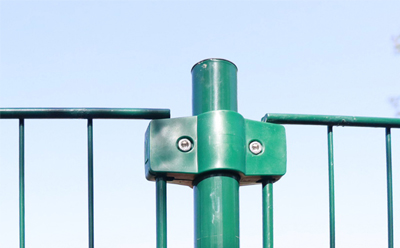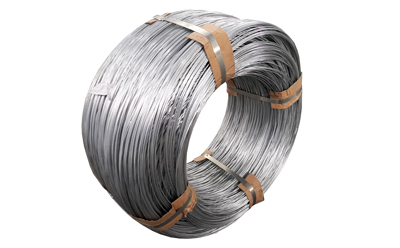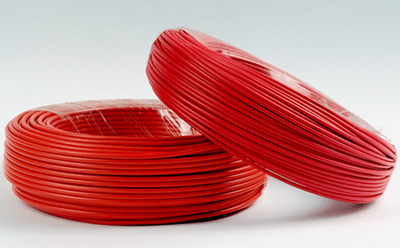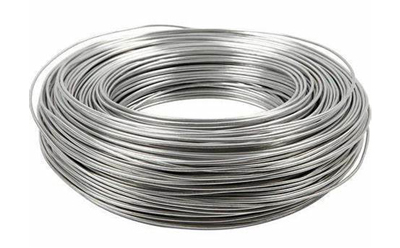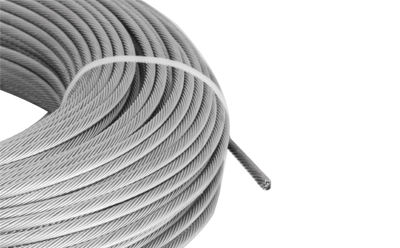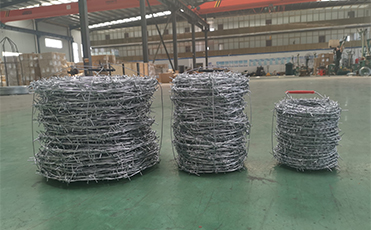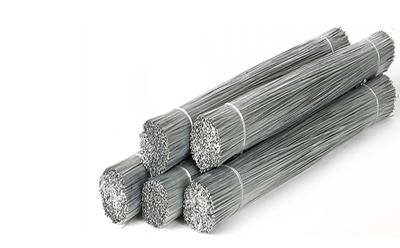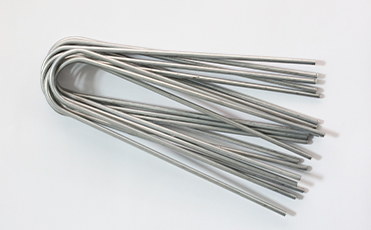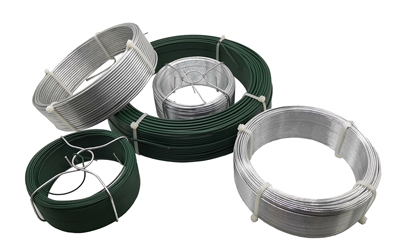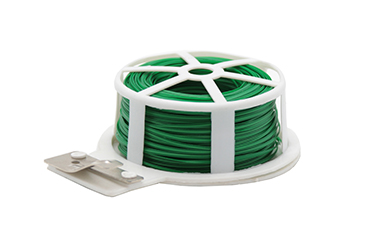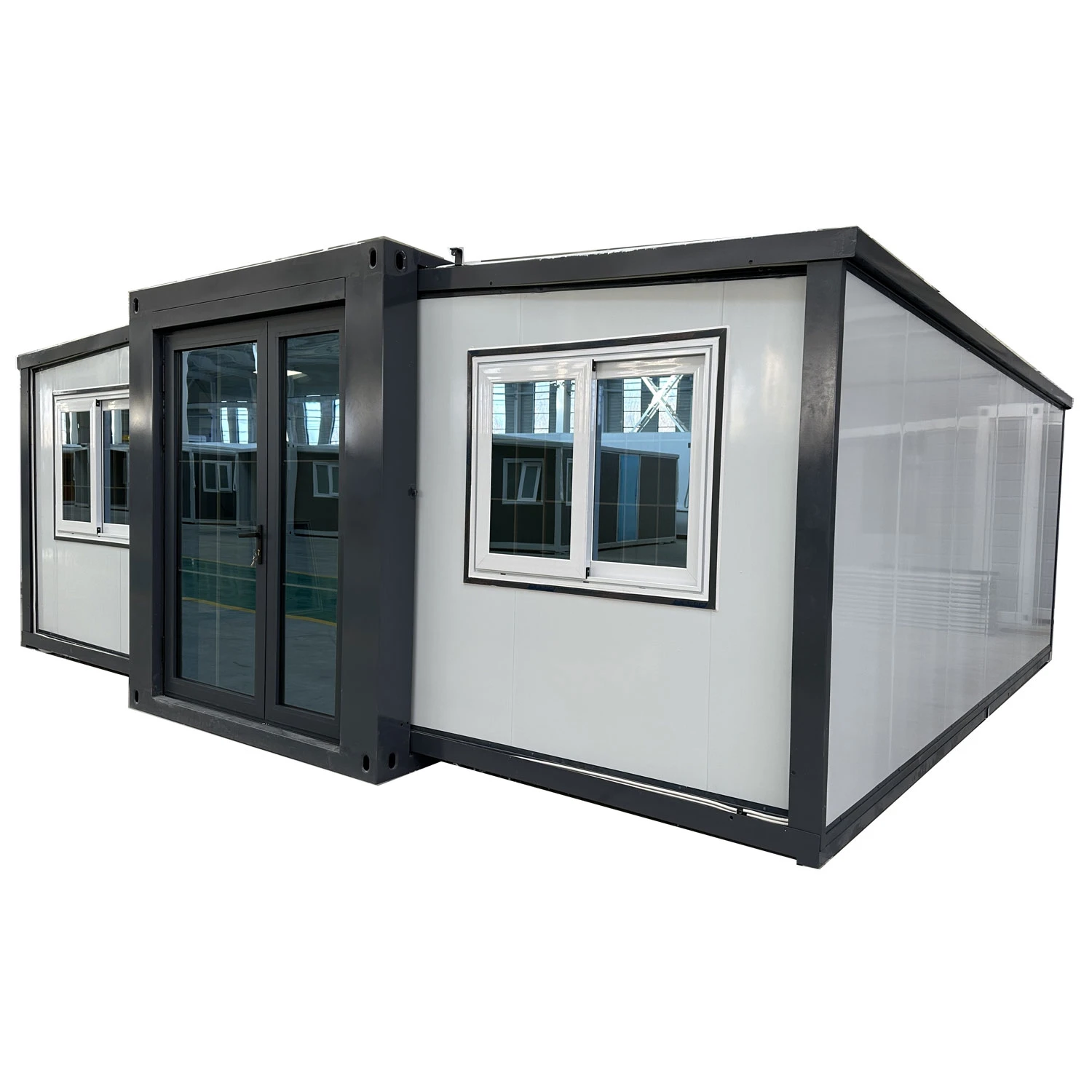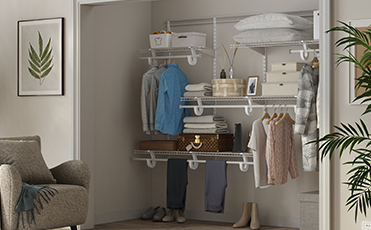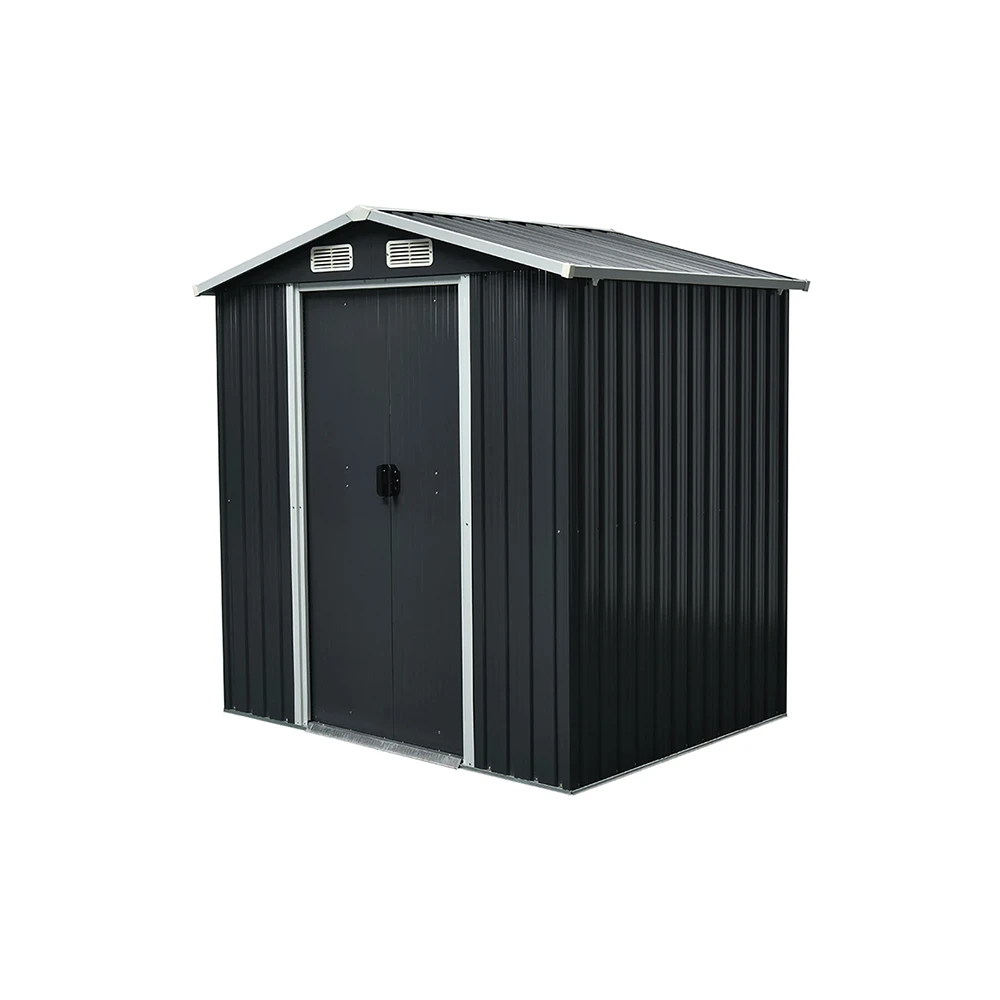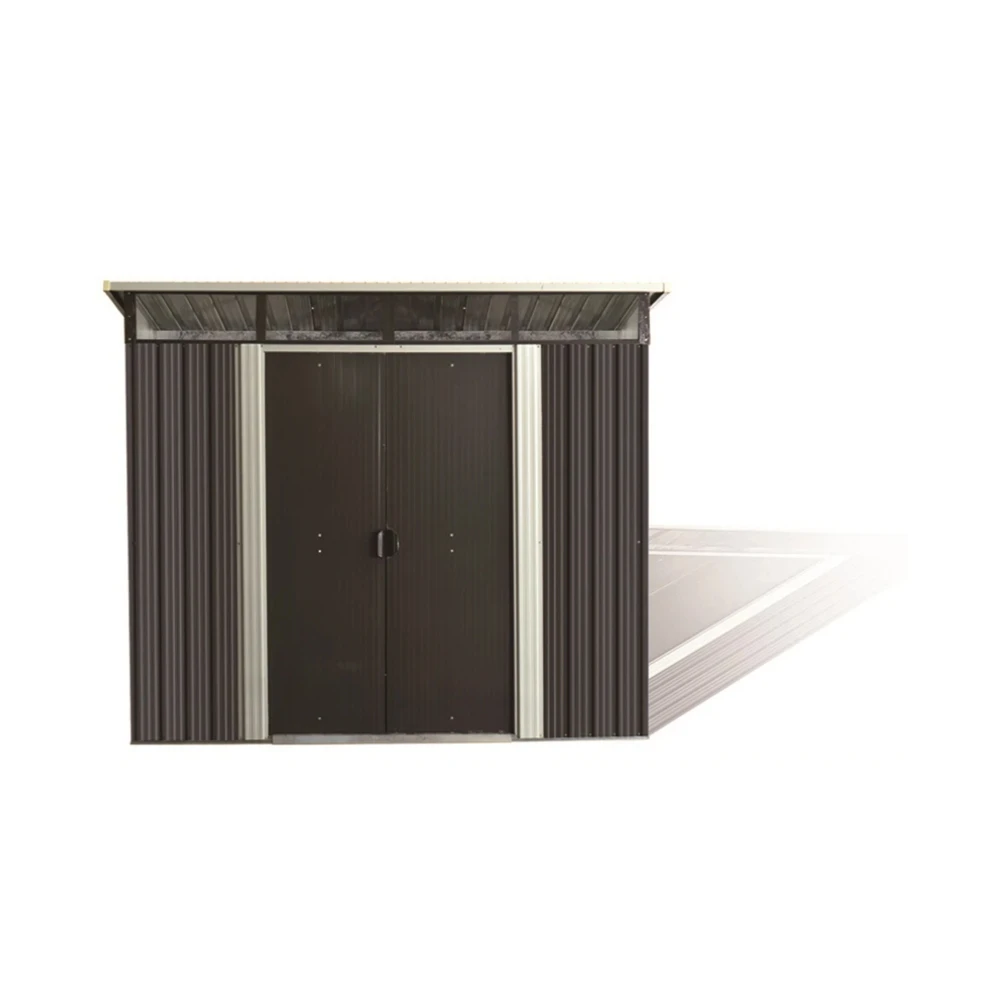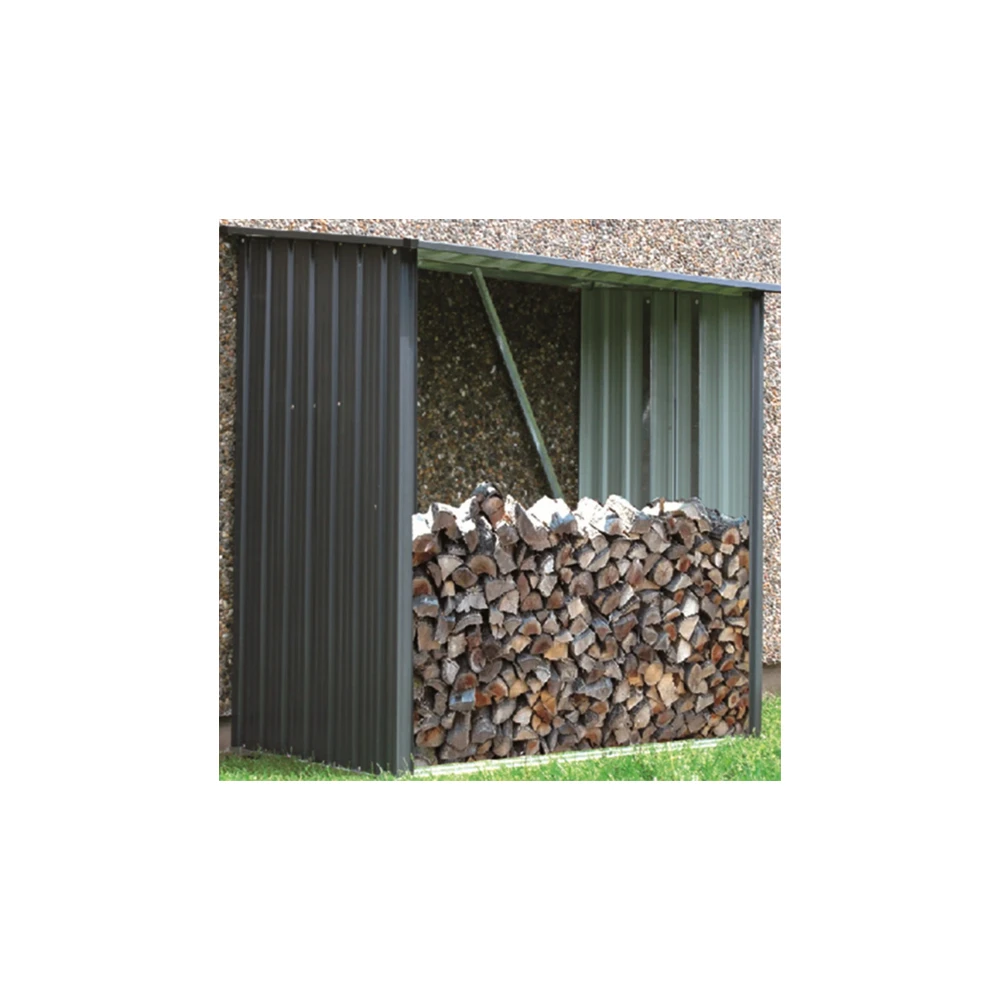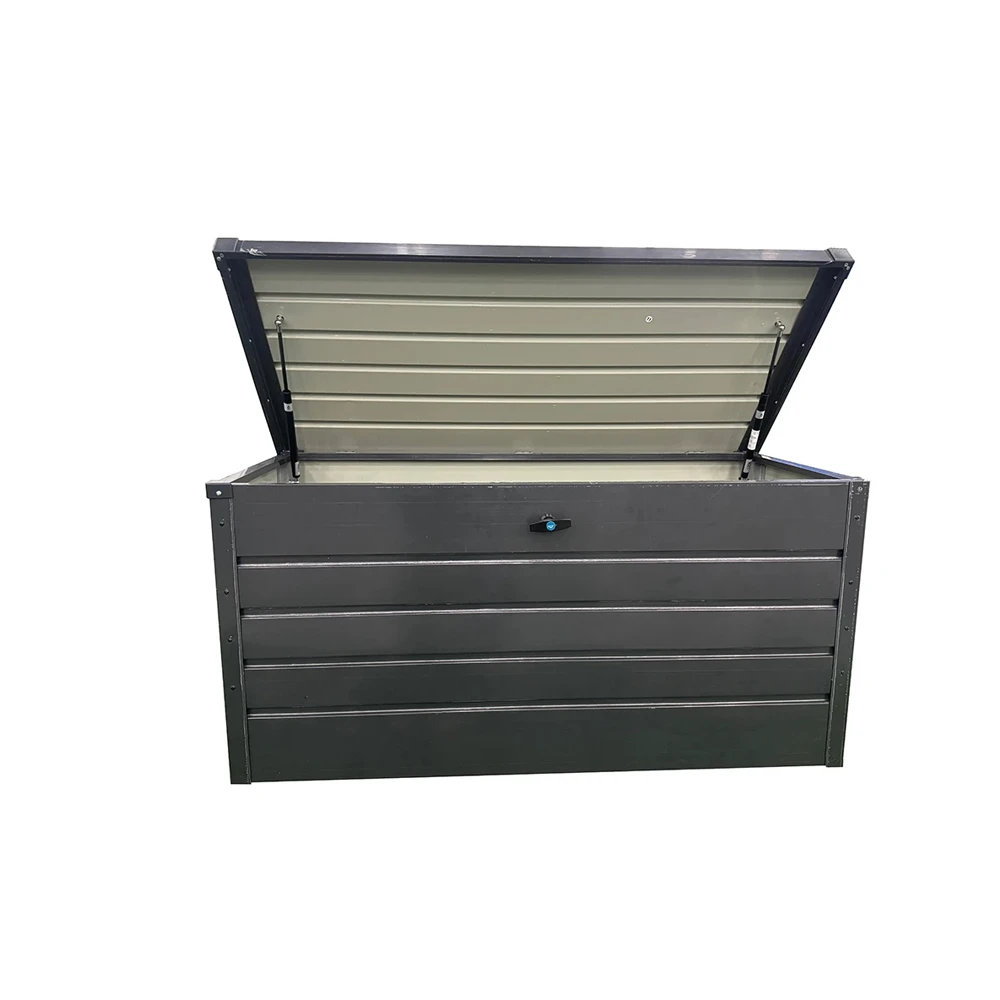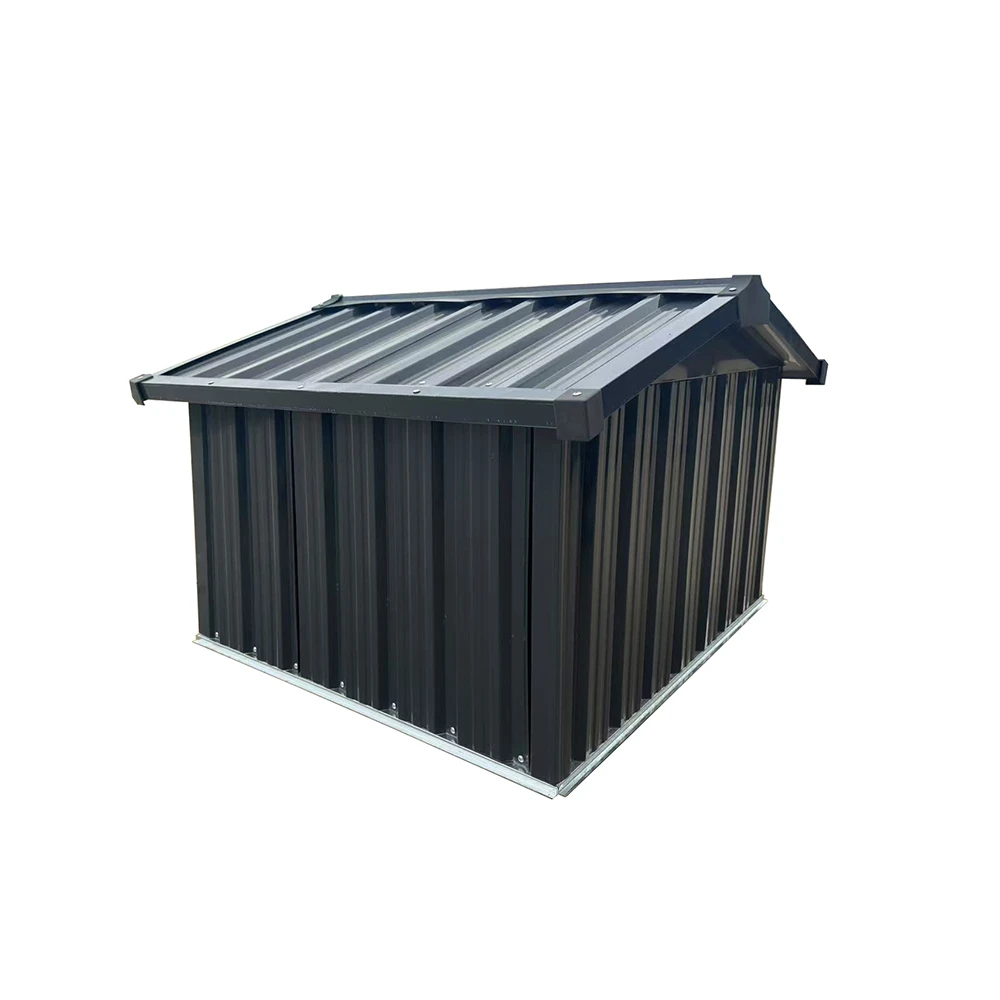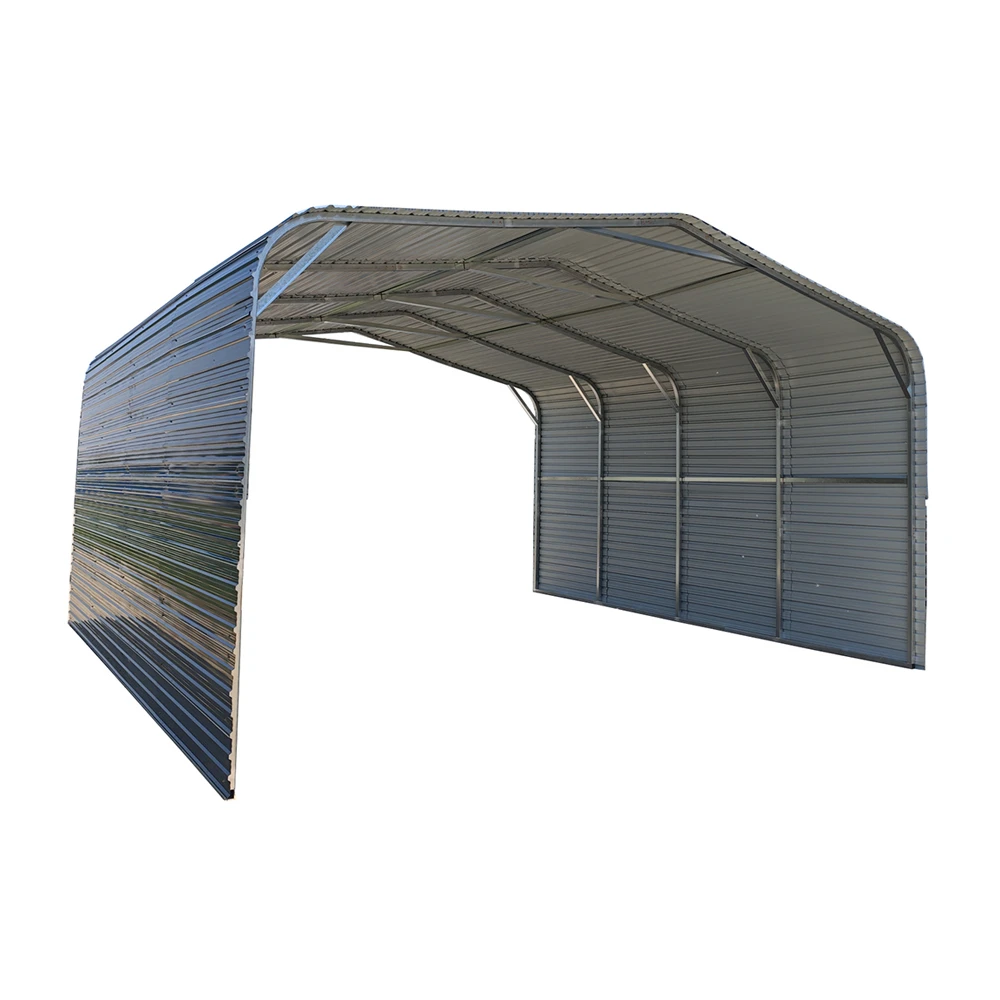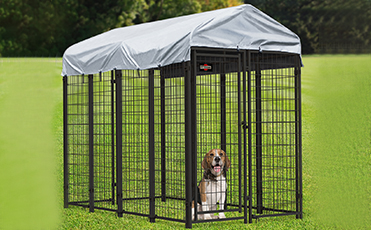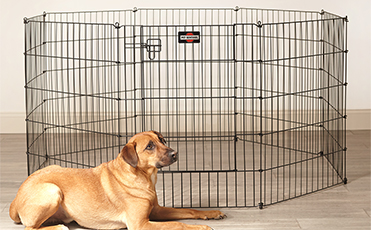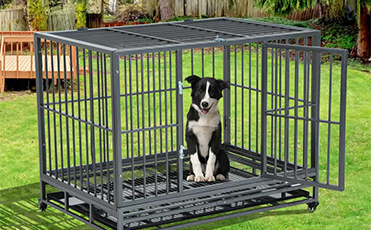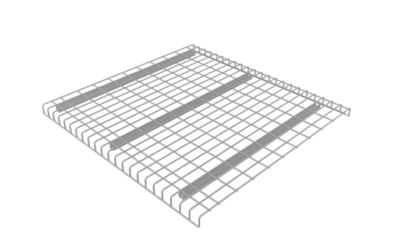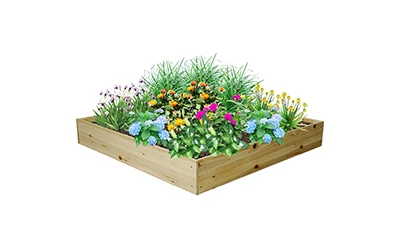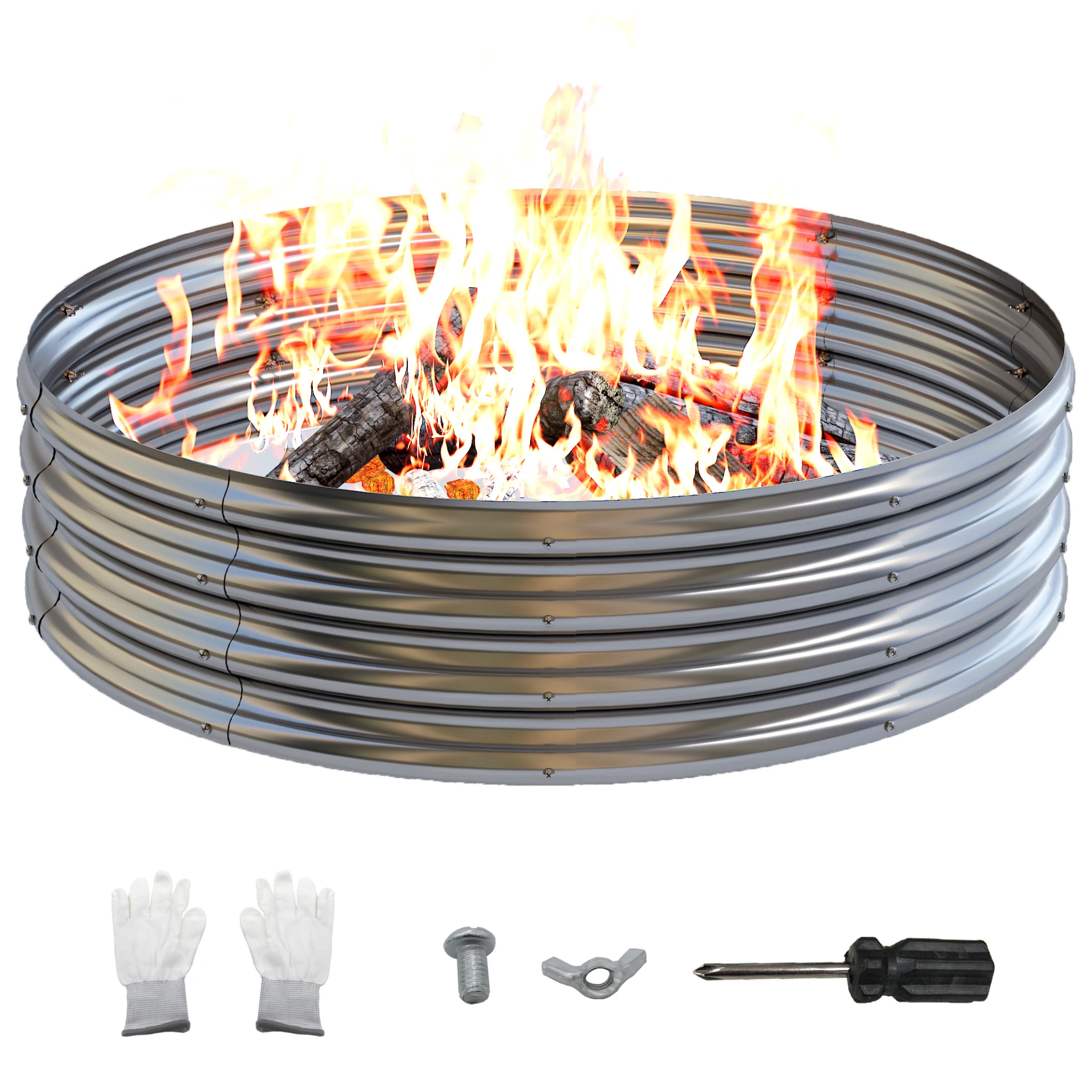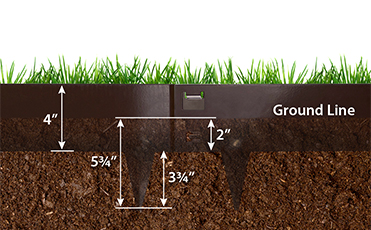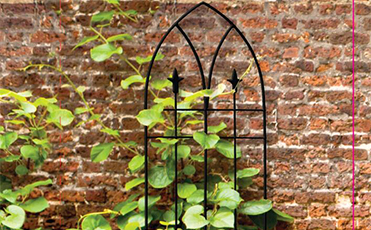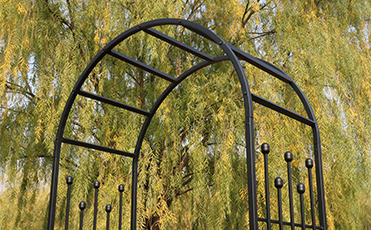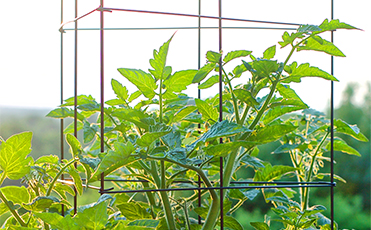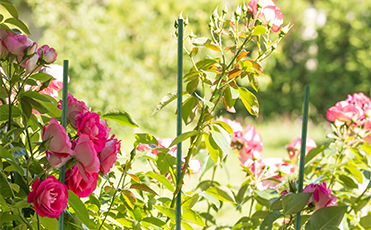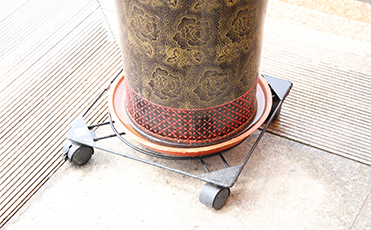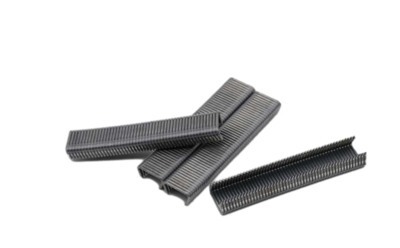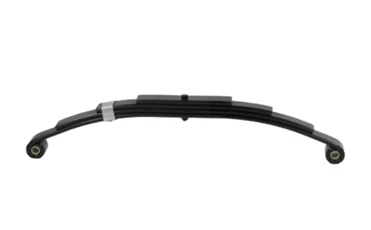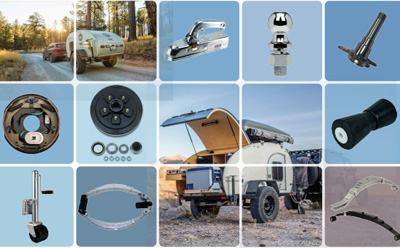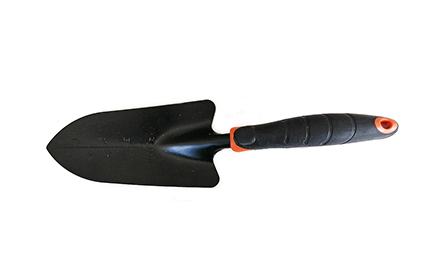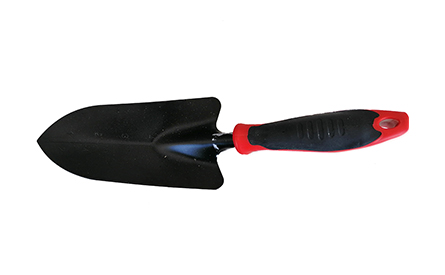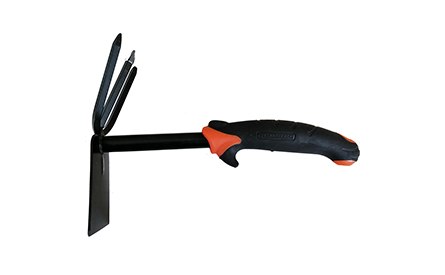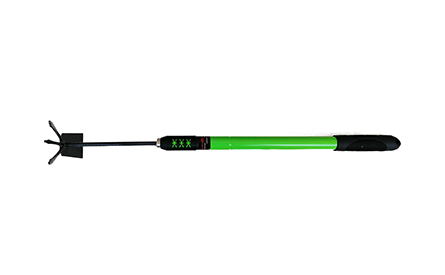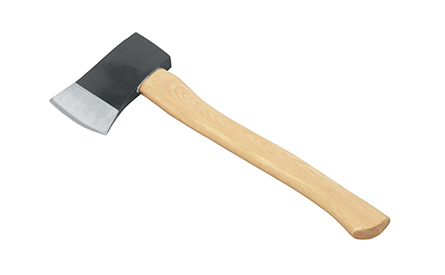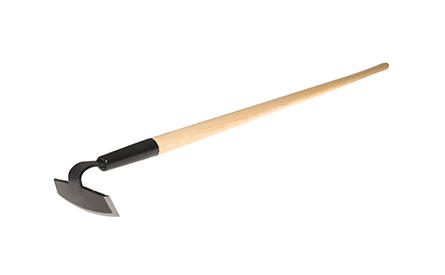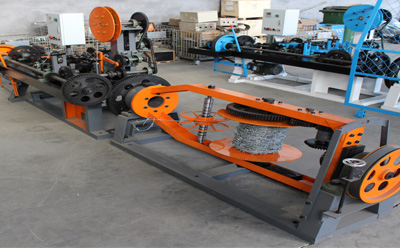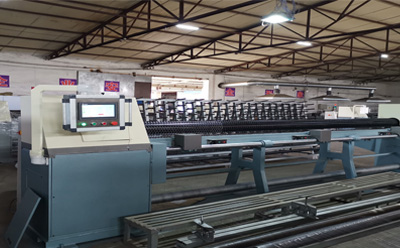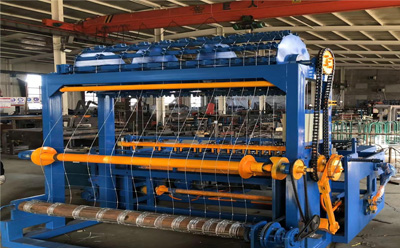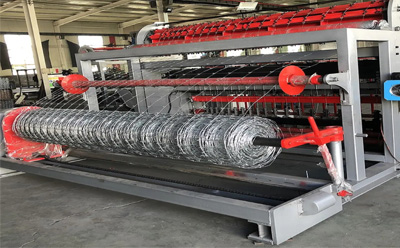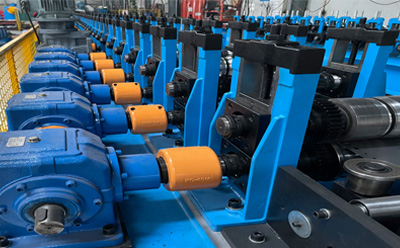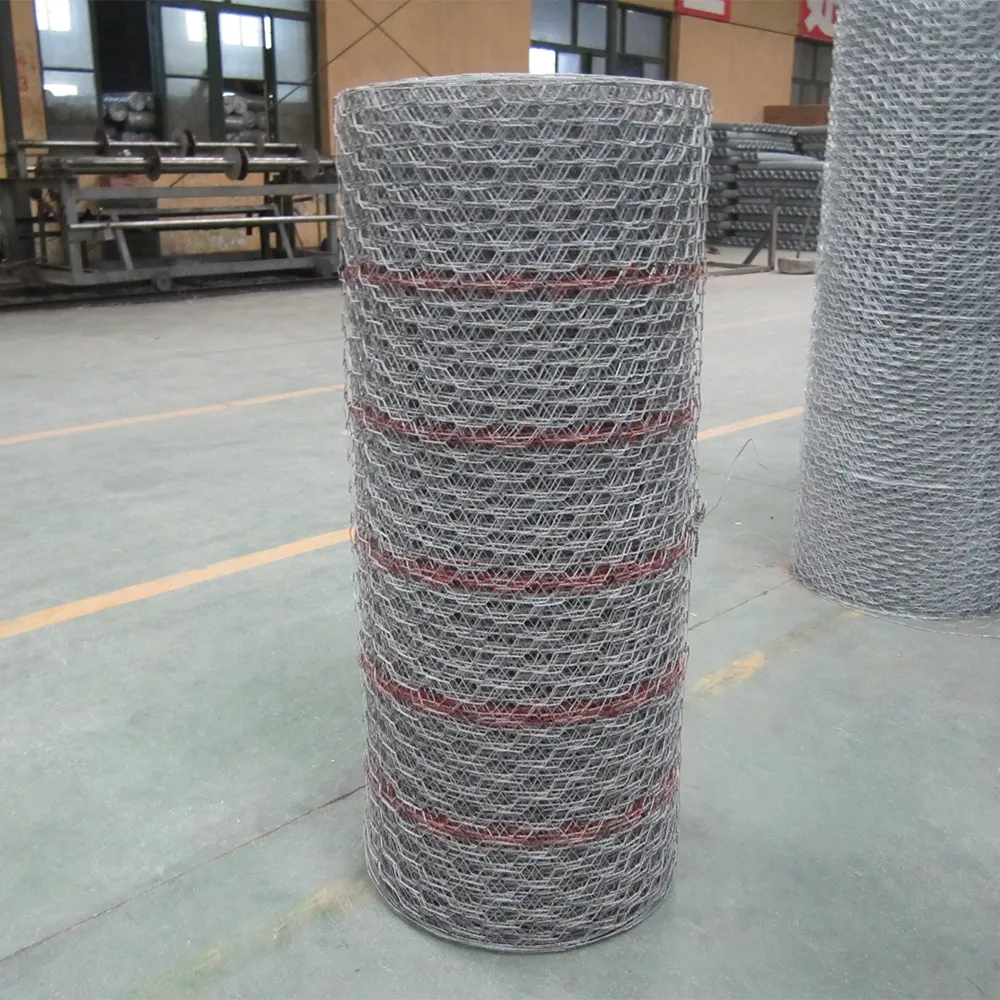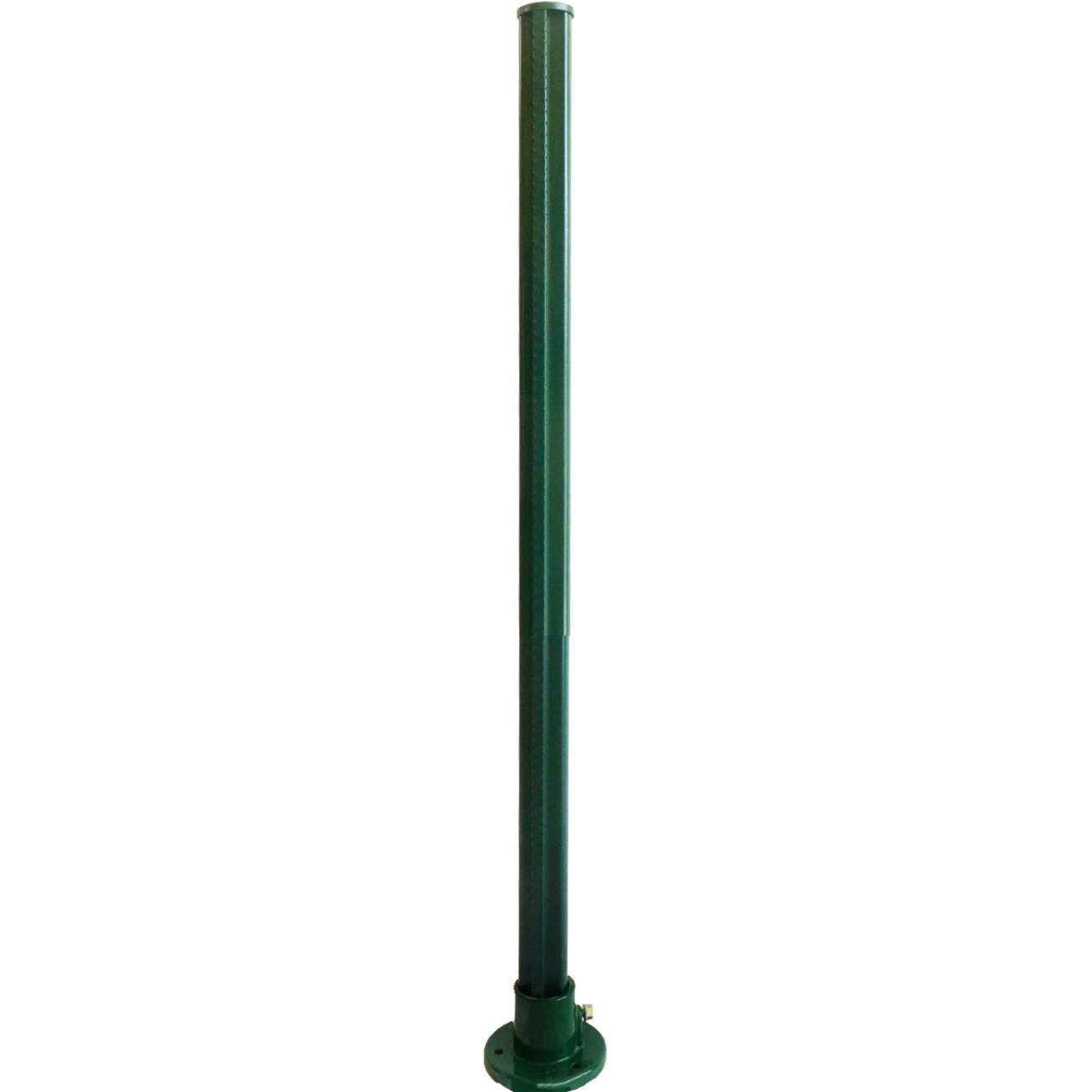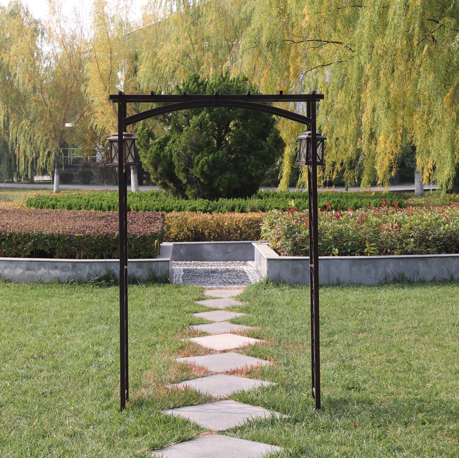Related News
U-Posts vs. T-Posts: A Comprehensive Guide to Choosing the Right Fencing Support
Apr . 23, 2024 17:20 . T-Posts: A Comprehensive Guide to Choosing the Right Fencing Support**
**Introduction**
In the realm of fencing materials, the choice of posts plays a crucial role in determining the stability, durability, and overall performance of the fence. Among the most popular options are U-posts and T-posts, each with its own unique set of advantages and considerations. This comprehensive guide will delve into the intricacies of U-posts and T-posts, providing a detailed analysis of their features, applications, and suitability for various fencing projects.
**Section 1: U-Posts**
**1.1 Design and Construction**
U-posts, also known as channel posts, feature a U-shaped cross-section that provides inherent strength and rigidity.
. T-Posts: A Comprehensive Guide to Choosing the Right Fencing Support**
**Introduction**
In the realm of fencing materials, the choice of posts plays a crucial role in determining the stability, durability, and overall performance of the fence. Among the most popular options are U-posts and T-posts, each with its own unique set of advantages and considerations. This comprehensive guide will delve into the intricacies of U-posts and T-posts, providing a detailed analysis of their features, applications, and suitability for various fencing projects.
**Section 1: U-Posts**
**1.1 Design and Construction**
U-posts, also known as channel posts, feature a U-shaped cross-section that provides inherent strength and rigidity. . The open channel design allows for easy insertion of fence rails and facilitates wire attachment, making U-posts suitable for a wide range of fencing applications.
**1.2 Advantages**
* **Exceptional Strength:** The U-shaped profile distributes load evenly, providing superior strength compared to traditional round posts.
* **Durability:** Galvanization or powder-coating protects U-posts from rust and corrosion, extending their lifespan.
* **Versatile:** U-posts can be used for various fencing styles, including barbed wire fences, woven wire fences, and chain-link fences.
. The open channel design allows for easy insertion of fence rails and facilitates wire attachment, making U-posts suitable for a wide range of fencing applications.
**1.2 Advantages**
* **Exceptional Strength:** The U-shaped profile distributes load evenly, providing superior strength compared to traditional round posts.
* **Durability:** Galvanization or powder-coating protects U-posts from rust and corrosion, extending their lifespan.
* **Versatile:** U-posts can be used for various fencing styles, including barbed wire fences, woven wire fences, and chain-link fences. .
* **Versatile:** T-posts can be used for a variety of fencing applications, including temporary fencing, livestock fencing, and garden fencing.
**2.3 Considerations**
* **Strength:** While T-posts are adequate for lightweight fencing applications, they may not provide sufficient strength for heavy-duty fencing systems.
* **Durability:** T-posts are prone to rust and corrosion if not properly coated, which can shorten their lifespan.
* **Installation Depth:** T-posts require a minimum embedment depth to ensure stability, which may be challenging in areas with shallow topsoil or rocky subsoils.
.
* **Versatile:** T-posts can be used for a variety of fencing applications, including temporary fencing, livestock fencing, and garden fencing.
**2.3 Considerations**
* **Strength:** While T-posts are adequate for lightweight fencing applications, they may not provide sufficient strength for heavy-duty fencing systems.
* **Durability:** T-posts are prone to rust and corrosion if not properly coated, which can shorten their lifespan.
* **Installation Depth:** T-posts require a minimum embedment depth to ensure stability, which may be challenging in areas with shallow topsoil or rocky subsoils. . Here are some considerations to guide your decision:
* **Purpose of the Fence:** U-posts are ideal for heavy-duty fencing applications, such as livestock fencing or permanent boundary fencing. T-posts are suitable for temporary fencing, garden fencing, and areas where cost is a primary concern.
* **Soil Conditions:** U-posts require proper embedment depth in firm soil conditions. T-posts can penetrate harder or rocky soils more easily.
* **Budget:** U-posts are more expensive than T-posts, but they provide greater strength and durability in the long run.
**Conclusion**
Understanding the distinctions between U-posts and T-posts empowers contractors and landowners to make informed decisions when selecting fencing support systems. U-posts excel in strength and durability, making them the preferred choice for demanding fencing applications. T-posts offer cost-effectiveness and ease of installation, ideal for temporary or lightweight fencing needs. By carefully considering the factors outlined in this guide, you can choose the appropriate post type to ensure the stability, functionality, and longevity of your fencing project.
. Here are some considerations to guide your decision:
* **Purpose of the Fence:** U-posts are ideal for heavy-duty fencing applications, such as livestock fencing or permanent boundary fencing. T-posts are suitable for temporary fencing, garden fencing, and areas where cost is a primary concern.
* **Soil Conditions:** U-posts require proper embedment depth in firm soil conditions. T-posts can penetrate harder or rocky soils more easily.
* **Budget:** U-posts are more expensive than T-posts, but they provide greater strength and durability in the long run.
**Conclusion**
Understanding the distinctions between U-posts and T-posts empowers contractors and landowners to make informed decisions when selecting fencing support systems. U-posts excel in strength and durability, making them the preferred choice for demanding fencing applications. T-posts offer cost-effectiveness and ease of installation, ideal for temporary or lightweight fencing needs. By carefully considering the factors outlined in this guide, you can choose the appropriate post type to ensure the stability, functionality, and longevity of your fencing project. Copyright © 2025 Hebei Minmetals Co., Ltd. All Rights Reserved. Sitemap | Privacy Policy


